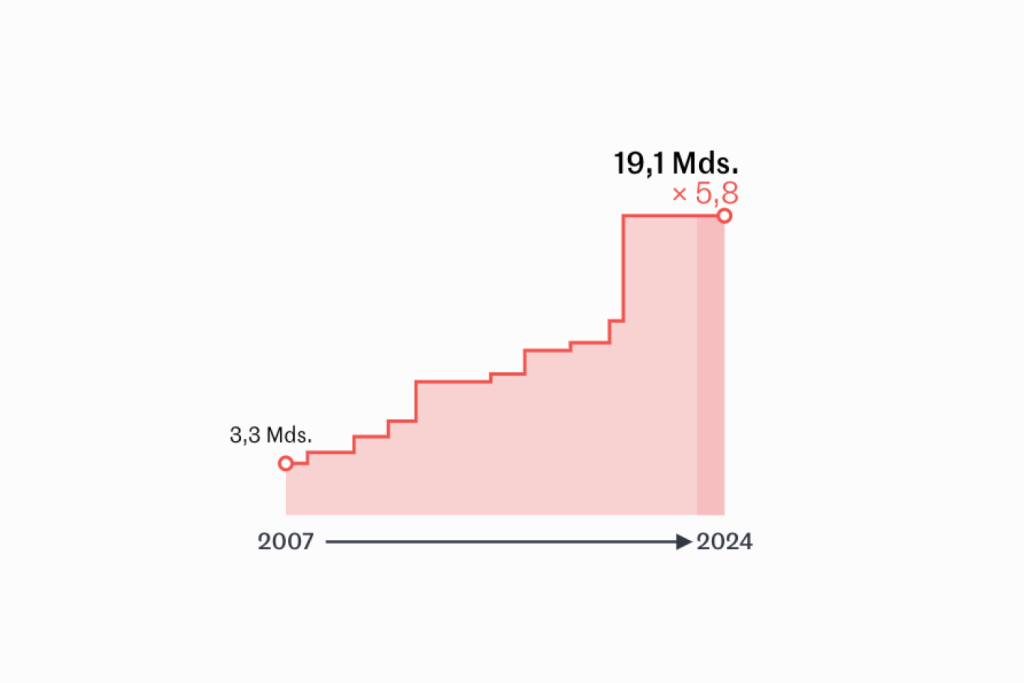The Flamanville EPR reactor, authorized by the Nuclear Safety Authority on May 7, has finally begun the first fuel loading process after sixteen years of construction and almost twelve years of delay. The initial plan was for the reactor to be operational by 2012, but various obstacles such as defective welds, reinforcement of concrete slabs, and stricter safety regulations post-Fukushima delayed the project multiple times.
The cost of building the Flamanville EPR reactor is estimated to be 19.1 billion euros according to the calculations of the Court of Auditors, nearly six times more than the original budget of 3.3 billion euros. Originally scheduled to be completed in five years, the construction of this nuclear power plant has faced numerous challenges leading to significant cost overruns and delays.
The accompanying graphs depict both the projected duration of the Flamanville project and the evolution of its cost at specific dates. Each graph represents the expected construction timeline and the increase in costs, providing a visual representation of how the project timeline and budget have changed over time.
By scrolling through the page, readers can view the graphs first, followed by the context for each delay in the completion date of the project and the corresponding increase in costs. By clicking or tapping on the graphs, detailed information about the project’s timeline and budget changes can be accessed, providing a comprehensive overview of the challenges faced during the construction of the Flamanville EPR reactor.
Despite the setbacks and cost overruns, the authorization for the Flamanville EPR reactor to begin operations marks a significant milestone in the project’s long and tumultuous history. The completion of this reactor will be a critical step towards generating electricity and providing energy to the region, demonstrating the complexities and challenges associated with large-scale nuclear projects in the modern era.


